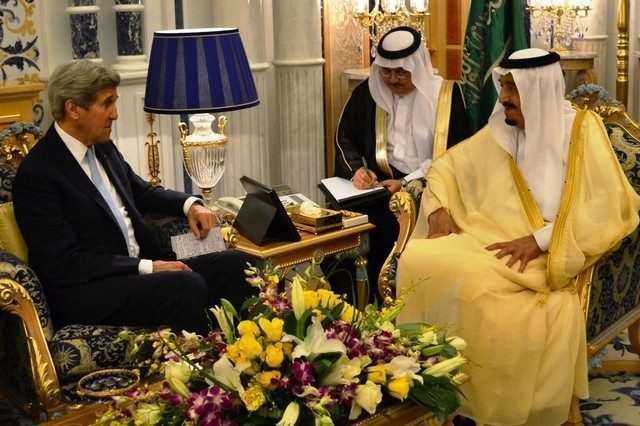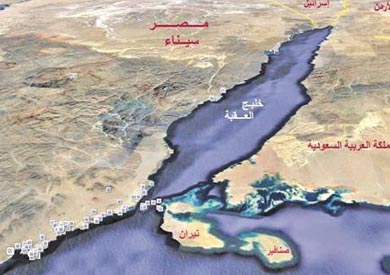
Five years ago, the Gulf states of Bahrain, Kuwait, Oman, Qatar, Saudi Arabia, and the United Arab Emirates shared a fiscal surplus of some $600 billion; by 2020, the International Monetary Fund (IMF) predicts that they will have accumulated a combined deficit of $700 billion. Sustained low oil prices could make things even worse.
Although Arab governments have long recognised the need to shift away from an excessive dependence on hydrocarbons, they have had little success in doing so. In order to reduce the dependency on oil revenues strategies have been announced aimed at diversify the Gulf economies. However, these strategies have until now not bore any fruits. With the decline in oil prices, the Gulf economies were living a harsh reality that appears in several forms such as the depletion of foreign exchange, the surge of public debt, and the rise of the budget deficit.
According to reports made by Unified Arab Economic for the year 2014, the oil revenues represent an average of 91.1% of public revenues in Saudi Arabia, 93.6% in Kuwait, 84.1% in the Sultanate of Oman, 84.9% in Bahrain, 68% in the UAE, and 58.7% in Qatar.
According to the IMF (International Monetary Fund), the Gulf States will significantly experience a shortfall in their balance. Therefore, the IMF is predicting a deficit in Saudi Arabia in 2015 to be minus 19.5%, as a percentage of GDP (Gross Domestic Product). In the UAE, it is expected to reach minus 2.9%, and in Qatar it is expected that the surplus will drop significantly in 2015 to reach 0.3%, less, of course, than 9.7% in 2014. Also, the budget deficit in Qatar in 2016 is expected to reach minus 4.1%, in the Sultanate of Oman will reach minus 14.8% in 2015, and it is expected to decline in 2016 to minus 11.6%.
It is worth mentioning that the budgets of the Gulf States had bid farewell to the phenomenon of deficit since 2003 in the beginning of the third “Oil Boom”, with the exception of 2009; that is, due to the global financial crisis, which span only for one year. Then, the budgets of the GCC countries achieved a surplus in general until 2014. Afterward, budget deficit began to return again, and is expected to carry on in the short and medium term because of the collapse of oil prices.
The Negative Effects of Budget Deficits
The past months we have witnessed a series of actions from the countries in order to counter the potential shortfall in the budgets. Liberalisation of oil prices in the UAE and Kuwait, local float bonds to finance budget deficit for Saudi Arabia, and for Bahrain, it resorted to raising fuel prices for the sake of the industry by 11% in the beginning of 2015 and increasing the proportion of employees’ health insurance fees, which are taken care of by the employer.
In the Sultanate of Oman, defense budget allocations had been reduced in 2015. In a preliminary reading based on the scenario of ongoing crisis regarding the collapse of oil prices in the international market in the short and medium term, the budgets of the Gulf are expected to witness more shortfalls, and of course, measures would be taken in order to affect the resources allocation.



